Pecan phylloxera is an insect that can cause significant damage if ignored or treated incorrectly in pecan orchards. Phylloxera can attack shoots, leaves and fruit of pecan trees. Due to the life cycle of phylloxera, timing is very important to treating the infestation. Once you see galls, it is already too late to stop the infestation.
Pecan phylloxera are tiny insects that range in color from cream to a pale yellow. They appear to resemble aphids excluding the cornicles that aphids possess. All phylloxera overwinter in the orchard and feed on the new tissue that grows in the spring. While feeding on the new tissue, the tree forms the gall around the insect. This first generation lays eggs in the gall, which will split open between May and June with new adults emerging. Depending on type, some phylloxera will only have one generation per year while others will have as many as three.
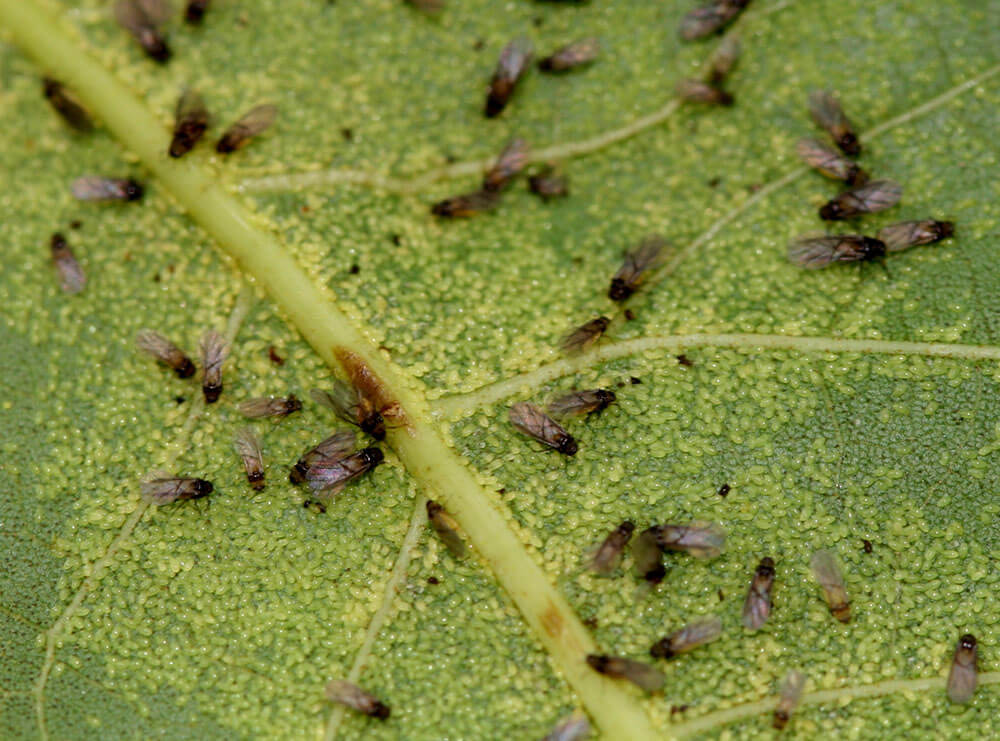
Infestations can severely damage and weaken limbs and slow shoot growth. Attacks on the leaves can range from a few leaves to heavy defoliation. The galls caused by this insect infestation can also be hosts to the first generation of hickory shuckworm, which can lead to a population increase of that pest. The most severe cases can lead to the destruction of the entire nut crop from a tree. This can have a significant economic impact on your operation if the infestation spreads. You will rarely experience tree death unless the tree was already stressed from other factors.
Phylloxera infestations typically occur between April and June. Some cultivars are more susceptible than others. Mark trees that have galls on them to be sprayed the following year. Apply insecticide the next year only on marked and adjacent trees. This can save the cost of spraying the entire orchard while still controlling the insect and saving the beneficial insects in the orchard. For control during the current year, start scouting at budbreak and continue through April. Start spraying when you observe the insect until the tree has put on 2 inches of new shoot growth. Adjusting the pH of the spray water to be slightly acidic (5.5-6.5 pH) can increase knockdown and control.
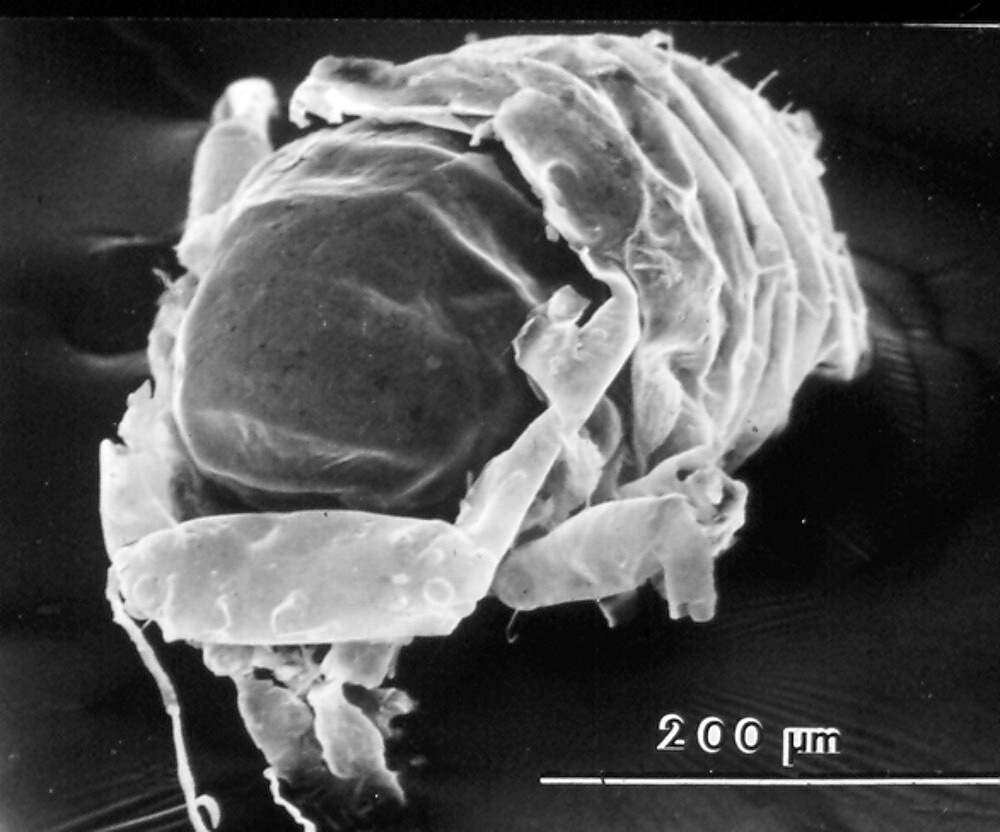
PECAN PHYLLOXERA
(P. devastatrix Pergande). This species produces a large, green gall on stems, twigs, petioles, midribs and nuts. Winged phylloxera are produced in these galls.
PECAN LEAF PHYLLOXERA
(P. notabilis Pergande). This species produces small galls next to the midribs or secondary veins of the leaflets. The galls are ovoid to globular, open on the ventral surface of the leaf, are evenly green on the top and often reddish beneath when first formed. Winged phylloxera are also produced in these galls.
SOUTHERN PECAN LEAF PHYLLOXERA
(P. russellae Stoetzel). This species produces small galls between the secondary veins on the leaf surface. The galls are round and flattened, open on the ventral surface, and show a reticulated pattern on their surface. The opening is marked by dense, short, white hairs. The phylloxera produced from these galls lack wings as compared to other pecan phylloxera.
INSECTICIDE OPTIONS TO FIGHT PECAN PHYLLOXERA
Many insecticides are available for commercial growers. Homeowner and organic systems have fewer options. Please read the label for rates, directions and label changes that might alter the list provided below.
COMMERCIAL INSECTICIDES
- Provado
- Lorsban
- Asana
- Proaxis
- Warrior
- Centric
- Silencer
ORGANIC
- Neemix
HOMEOWNER
- Malathion
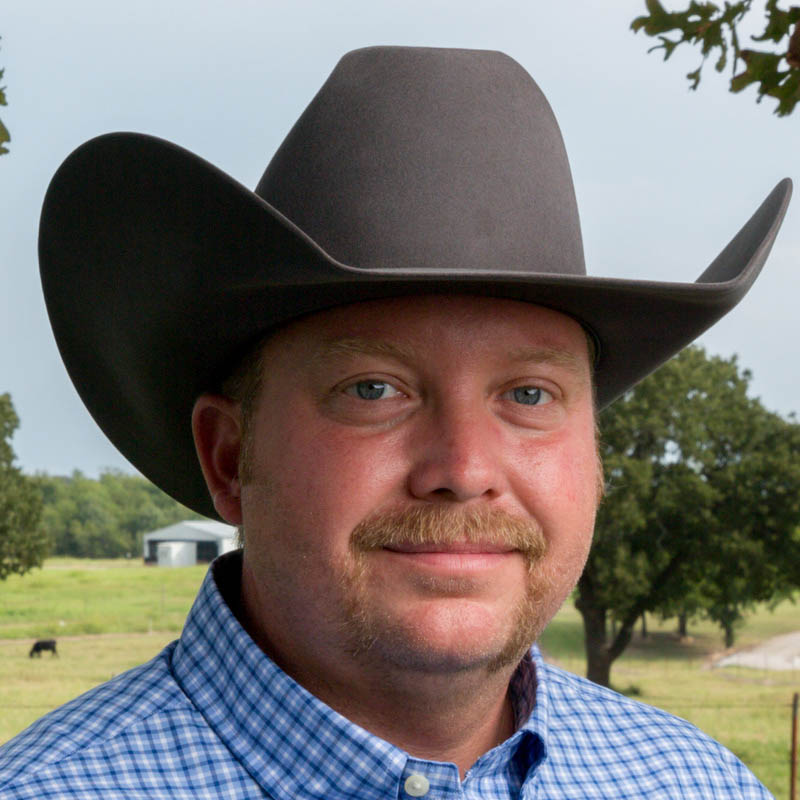
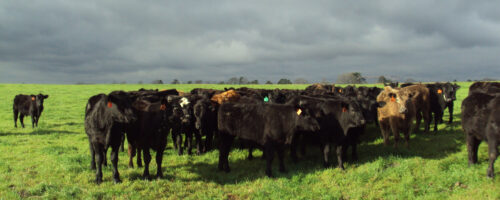
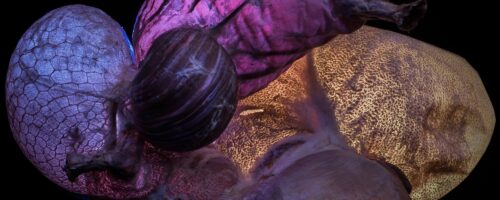
Comment